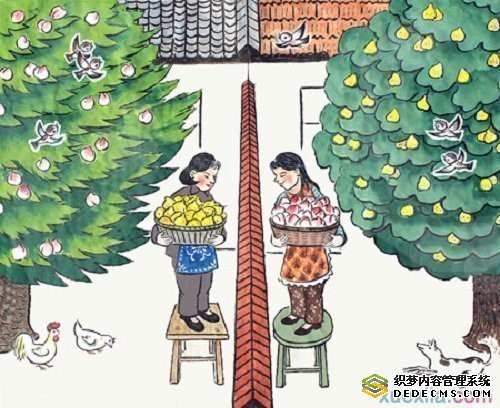Chinese Traditional Festival — Mid-Autumn Festival
The Mid-Autumn Festival falls on the 15th day of the eighth lunar month. It is one of the most important Chinese traditional festivals and a day for family reunions. On this day, we will express our longing for our hometown and loved ones by admiring the moon. In addition, people enjoy the moon cakes, which was for the purpose of sacrifice in the ancient time. Till now, enjoying the moon cakes has become an indispensable activity in the Mid-Autumn Festival, it is a symbol of family reunion and happiness as well. On this day, people have a variety of celebration activities, such as guessing riddles, tidal bore watching, fire dragon dancing and so on.
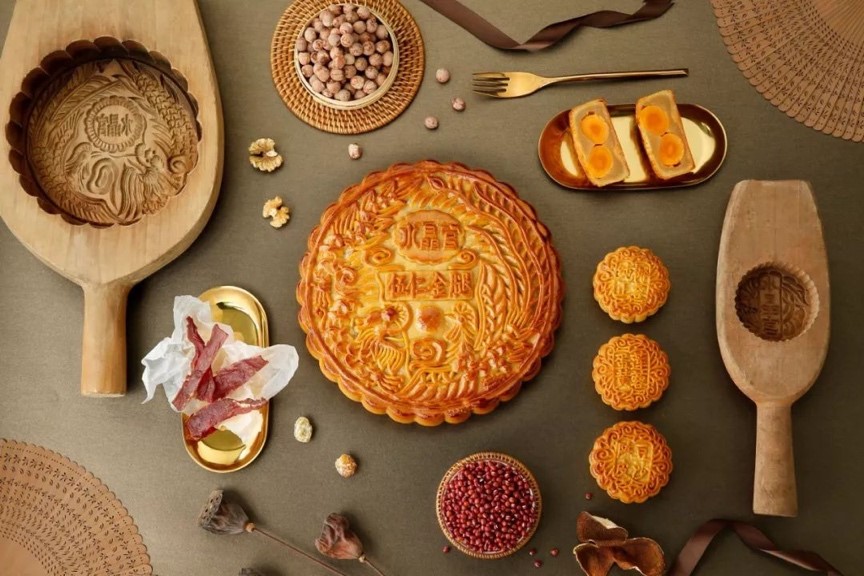
There is a myth named Chang’e flying to the moon related to the Mid-Autumn Festival. In ancient times, there were ten suns shining in the sky, causing all the crops dried up and died, which greatly affected the lives of the people. A hero named Hou Yi sympathized with the people and shot down nine of them, ordering the last one to rise and set on time. Therefore, Hou Yi gained admiration and support from the public. And there were many people who came to learn from him, including a guy named Peng Meng. Soon after that, Hou Yi married a beautiful wife named Chang’e.
One day, Hou Yi was on his way to the Kunlun Mountains to visit friends when he met the Queen Mother and got a package of “immortality medicine”. It was said that he could instantly ascend to heaven and become an immortal once he took the medicine. Deeply in love with his wife, Hou Yi didn’t take the medicine and gave it to Chang’e. Chang’e put it in a little box and hid it behind the dresser, unfortunately, the scene was peeked by Peng Meng. Three days later, Hou Yi went hunting with a group of disciples, except Peng Meng, who malingered and stayed at home. Soon after Hou Yi left, he broke into the backyard with a sword in his hand and threatened Chang’e to hand over the “immortality medicine”. Under such an emergency situation, Chang’e immediately took out the medicine and swallowed it. Then, Chang’e flied to the sky uncontrollably and finally landed on the moon.
Finished hunting, Hou Yi got to know the whole thing and was very angry to retaliate against Peng Meng, but he had already fled. Hou Yi was so sad and he shouted his wife’s name toward the sky. At this time, he found that the moon was particularly bright and there was a shadow looked like Chang’e. He immediately set a large table on the backyard, putting fresh fruit and desserts on it to long for her. The people followed his example in setting the table to pray for peace and happiness. From then on, the custom of admiring the moon on the Mid-Autumn Festival had been popular.

The Mid-Autumn Festival with rich cultural connotations is a historical and cultural heritage of the Chinese nation. Reunion is an expectation of all Chinese people. In modern life, in addition to admiring the moon and enjoying moon cakes, people have other activities, such as gathering with relatives and friends and going out for fun, which add the Mid-Autumn Festival new connotations.

References:
- 中秋節的來歷和風俗的簡短介紹 中秋節的由來及傳說: https://wannianli.tianqi.com/news/274634.html
- 中秋節的獨特文化內涵: http://www.360doc.com/content/19/0914/08/7230427_860855725.shtml
- 釋放中秋節的文化內涵: http://culture.people.com.cn/BIG5/n1/2016/0909/c407031-28704877.html
- 《嫦娥奔月》: http://www.5156edu.com/html/52406/5.html



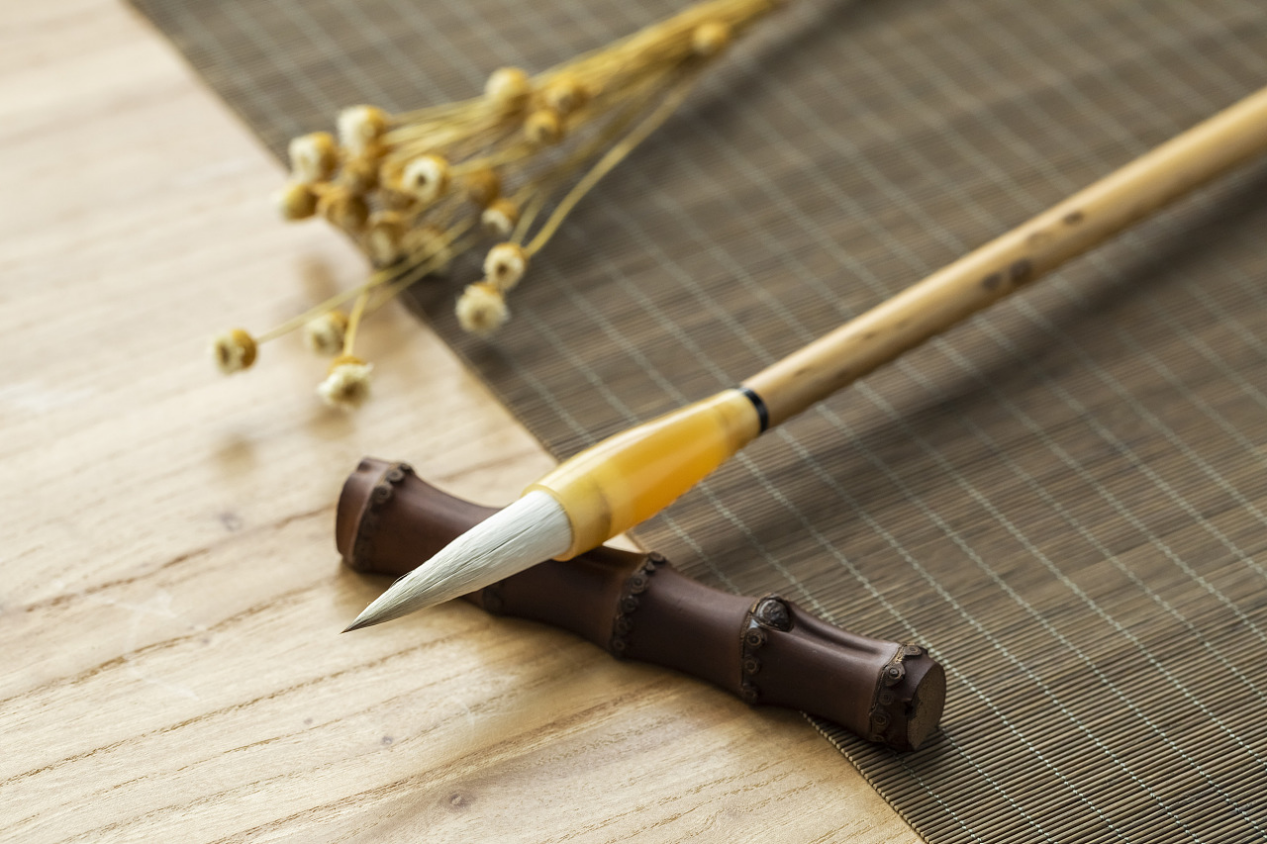


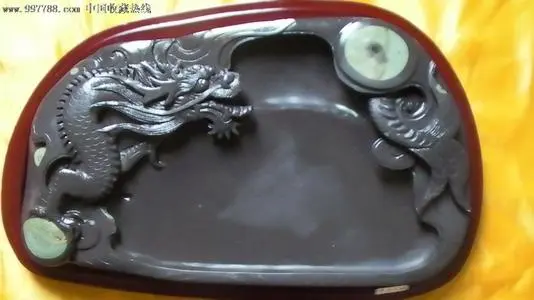









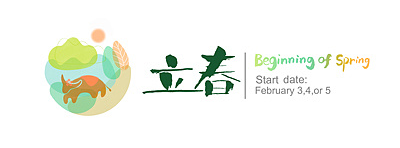





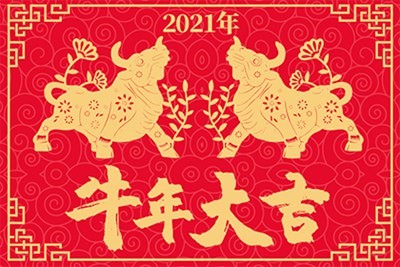

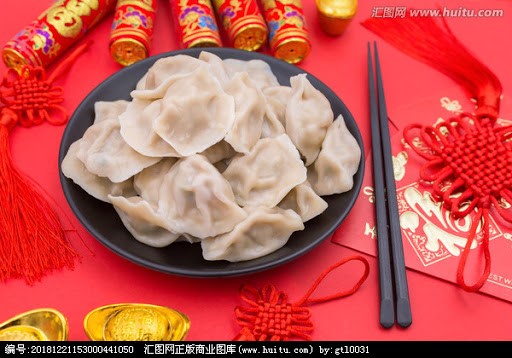
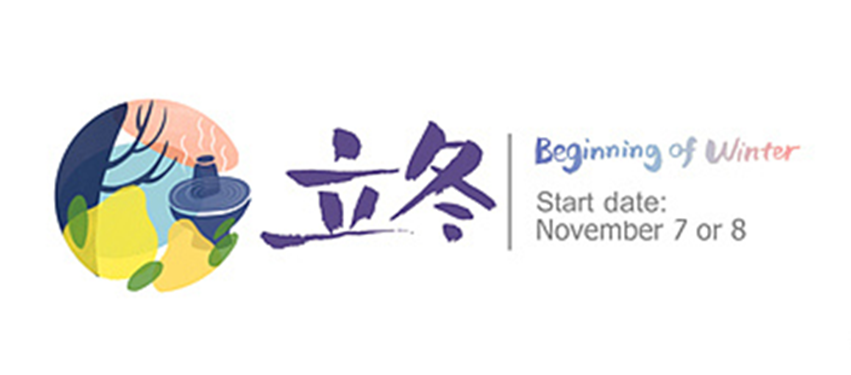
 2. 小雪(xiao xue)Light snow
2. 小雪(xiao xue)Light snow 3. 大雪(da xue) Heavy snow
3. 大雪(da xue) Heavy snow 4. 冬至 (dong zhi) Winter solstice
4. 冬至 (dong zhi) Winter solstice 5.小寒 (xiao han) Lesser cold
5.小寒 (xiao han) Lesser cold 6.大寒 (da han) Greater cold
6.大寒 (da han) Greater cold
